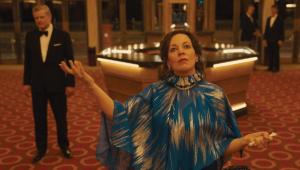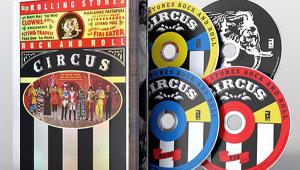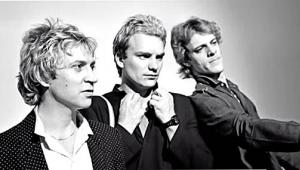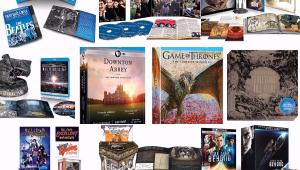I always thought Ron was snubbed on this one for the Oscars when Braveheart won best director (a film I liked, but no where near the achievement in directing to capture on film). The weightless scenes alone - a first - to have the cast actually weightless - no wires or visual effects - are incredible. For those who didn't know, Ron enlisted NASA's "vomit comet" to fly his Apollo 13 capsule set and lunar module set. The plane is used for weightless training of astronauts, and they flew 612 flight parabolas, for a total of nearly four hours of weightless footage. Each weightless segment only lasts 25 seconds.
So if you like history, excellent story telling and acting, and wire-free weightless scenes - check it out.

 Apollo 13 was restored in 4K from the original 35mm film elements and digitally remastered on Blu-ray in an AVC 1080p transfer. The results are magnificent, with superb contrast, a fine grain structure, and only the slightest hints of softness from a combination of the vintage and production choices. Colors look natural, especially fleshtones, which are spot-on. The blacks of space are deep, and whites of the astronauts’ space suits are bright without clipping. The film’s archival news broadcasts don’t reach the same quality, but not because of the transfer.
Apollo 13 was restored in 4K from the original 35mm film elements and digitally remastered on Blu-ray in an AVC 1080p transfer. The results are magnificent, with superb contrast, a fine grain structure, and only the slightest hints of softness from a combination of the vintage and production choices. Colors look natural, especially fleshtones, which are spot-on. The blacks of space are deep, and whites of the astronauts’ space suits are bright without clipping. The film’s archival news broadcasts don’t reach the same quality, but not because of the transfer.
































































